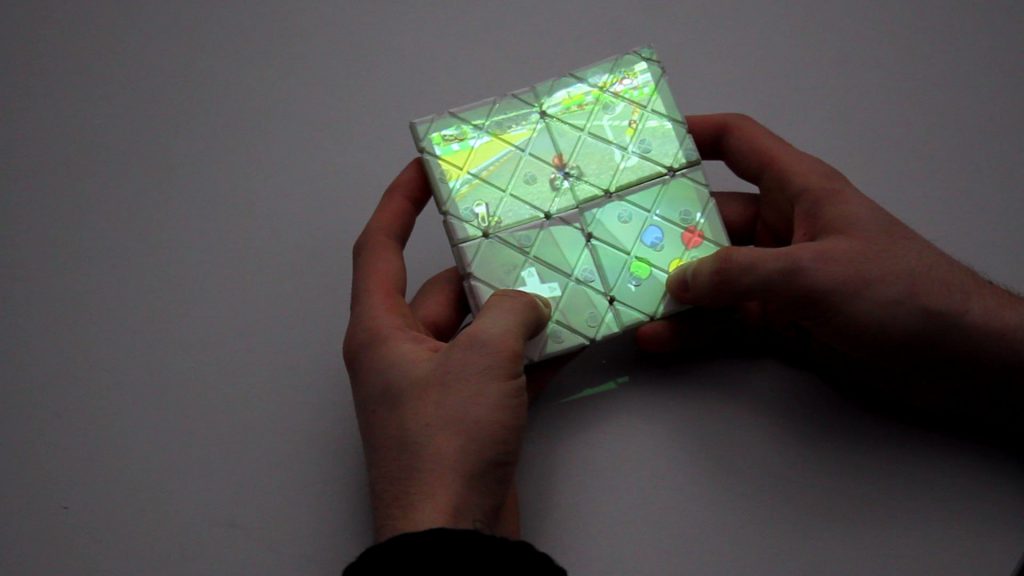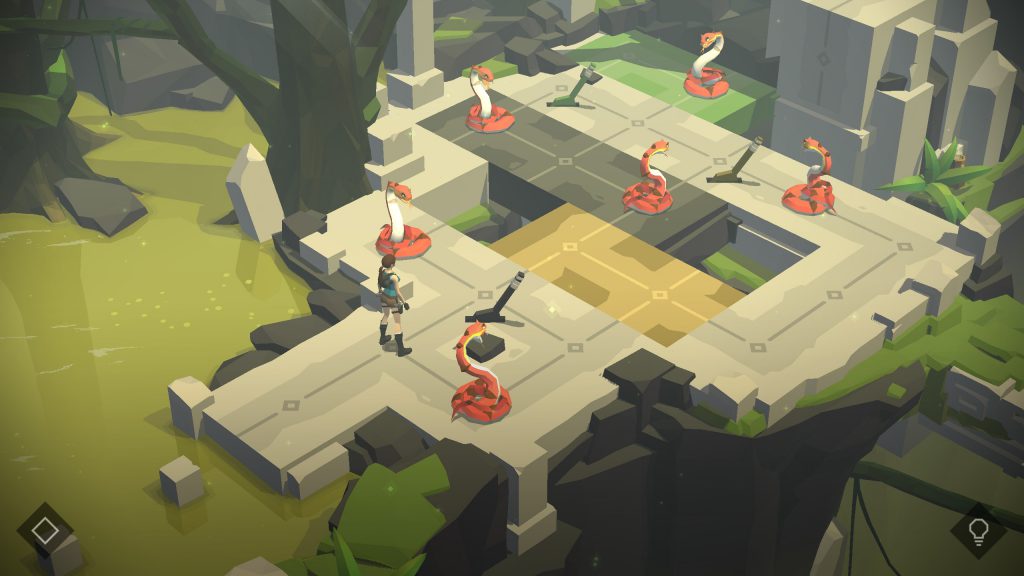
Brainteaser games are a classic genre that has existed for thousands of years and has been successfully elevated to a whole new level by stepping into the mobile world. Statistics show that puzzle games are among the most engaging and downloadable genres in the mobile market. The interesting thing about puzzles in mobile game development is that they still retain that level of difficulty and challenge (even for developers). However, some people feel that modern brain teaser games are being dumbed down worldwide to please the masses. That is true to a certain degree, but that doesn’t mean that logic games are not difficult anymore. Challenge has always been a defining feature of the genre. The whole point of these games is to test problem-solving skills such as logic, pattern recognition, sequence solving, or word completion.
Video Puzzle Games are Unique
There are so many different logic games that it’s really hard to say what is unique about the genre as a whole. However, in most cases, the difference between a puzzle game and other genres lies in the fact that puzzle developers put emphasis not on player reflexes, speed, or mechanical skills, but on their engagement and mental capacity. The genre is very broad, but it generally involves some level of abstraction and may make use of colors, shapes, numbers, physics, or complex rules. Unlike many video games, puzzle video games often make use of “lives” that challenge a player by limiting the number of tries. In logic games, players often try for a high score or to progress to the next level by getting to a certain place or achieving some criteria.

Puzzle Game Diversity
Puzzle games focus on logical and conceptual challenges, although often the games add time pressure or other action elements. Although many action games and adventure games involve puzzles such as obtaining inaccessible objects, true logic games focus on puzzle solving as the primary gameplay activity. Games usually involve shapes, colors, or symbols, and the player must directly or indirectly manipulate them into a specific pattern.
Rather than presenting a random collection of puzzles to solve, logic games typically offer a series of related puzzles that are a variation on a single theme. This theme could involve pattern recognition, logic, or understanding a process. These games usually have a simple set of rules, where players manipulate game pieces on a grid, network, or other interaction space. Players must unravel clues to achieve some victory condition, which will then allow them to advance to the next level. Completing each puzzle will usually lead to a more difficult challenge, although some games avoid exhausting the player by offering easier levels between more difficult ones.
Puzzle Game Development – Main Points
What makes a good logic game? Well, that’s highly subjective, but Melior Games developers believe that several important points constitute a truly memorable and meaningful puzzle game.
- An original concept and core mechanics
- Sufficient difficulty that actually challenges and mentally engages players.
- Simple concepts that have a few twists and surprises revolving around them, making the player think outside of the box.
Answer A Few Important Questions
Making good brain teaser games is a huge job, and sometimes the development itself feels like solving a complicated puzzle. The development stages highly depend on the sub-genre of the puzzle game and its aim. Development usually begins by answering a few important questions.
- What is the target audience?
- Are we making a copy of another game (there are numerous Match 3 puzzle games) or do we want to create something completely original?
- What is our monetization model?
- Will we have a random level generator restricted by a few level-dependent factors, or will our levels be made from scratch?
These questions are extremely important and just by answering them, we can narrow a vague idea down to a more concrete concept. Afterward, one may ask themselves which successful brain teaser games are the most similar to the one we’re making, and dedicate some time playing and analyzing them. The goal is not to copy ideas or game mechanics, but to rather draw some inspiration and evade some common game design pitfalls, which otherwise might prove quite time and resource-consuming.

Describe the game in GDD
Afterward, developers should start writing a GDD (game design description), where we describe the game in detail with all of its complete features, monetization plan, characters, and story. While writing the GDD one also has to assemble a team of professionals that would develop the game – programmers, artists, visual designers, composers, sound designers, etc. The roles of the project manager and game designer are also extremely important, though the game designer is already present during the GDD writing phase.
Start the Development
Development can only begin when the team is assembled, and when the game description is written. It’s crucial to ensure that the logic game is thoroughly tested during every mobile game development phase – not only to spot bugs but to make sure it’s fun to play, engaging, and memorable. This is done by slowly moving from core mechanics to additional features and bonuses, meta-game, and visuals and finishing it off with monetization and finalization. Afterward, sometimes the game is soft-launched in a restricted geographical area to make sure that the target audience responds well to it and the game receives all the needed polishing according to the user feedback. Only then it be released globally. If it’s successful, the game gets regular updates with new content, such as levels, features, or events.
The main challenge whilst building brain teaser games, especially if it’s done fully from scratch, is to make it engaging. The main difficulty here lies in the fact that (unlike with top-down shooters or arcade games) the developer/game designer can’t just instantly test levels and decide whether it’s hard enough, just because they usually already know the solution. It’s much more difficult to imagine oneself in the player’s shoes and to evaluate with due empathy whether the game is fun.
Of course, this is much easier in the era of Candy Crush, where most mobile logic games have randomly generated levels. But even then developers and designers are usually aware of some inner mechanisms that make their perception of the game completely different, more so than with other games.
Conclusion
Brainteaser games have been captivating people’s attention for a long time, and puzzles are still at the top of the most-played genres on mobile platforms. They might be tough to develop and difficult to get through, but they provide lots of fun and even have some educational value. There is even evidence that video puzzle games have a very positive effect on our brains. It is well known that activities such as sudokus, crosswords, or puzzles are the perfect games chosen to exercise our brains.
Puzzle video games are entertaining and help our brains release endorphins, which are the cause of our well-being. These kinds of puzzle games stop the risk of cognitive degeneration because while playing these video games one is using memory attention, strategy, and reasoning. Logic games are a very good example of mobile game development participating in education and personal growth.




